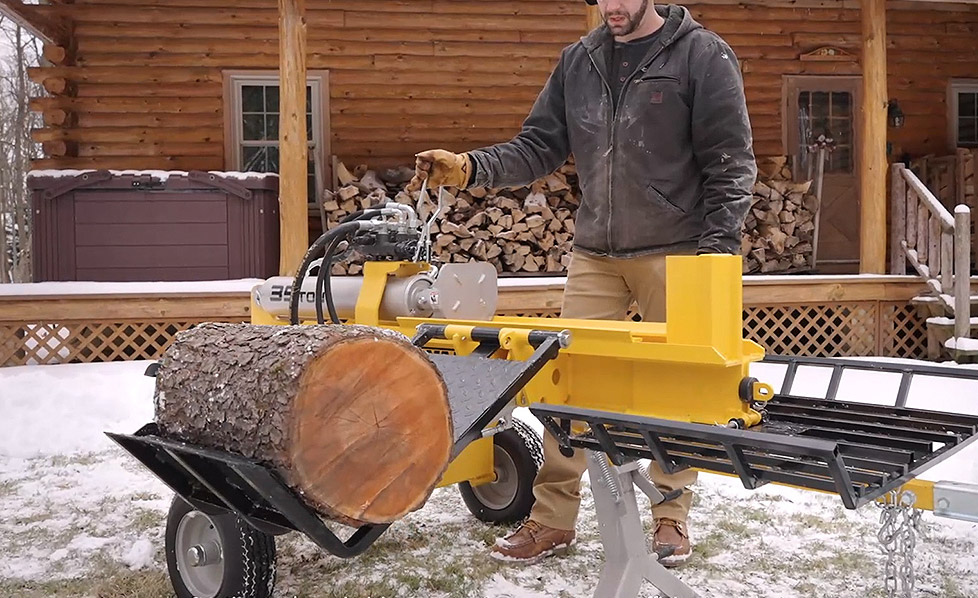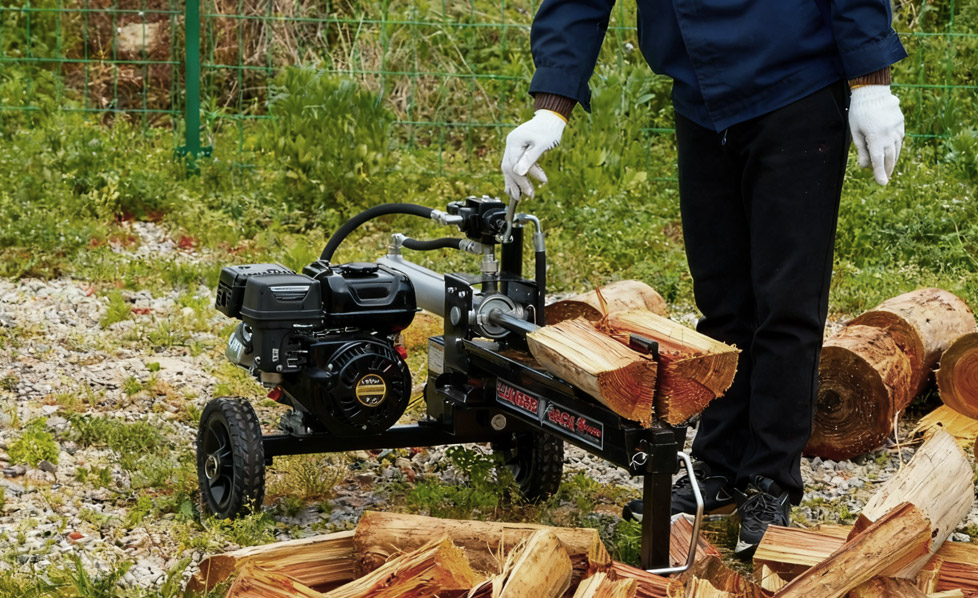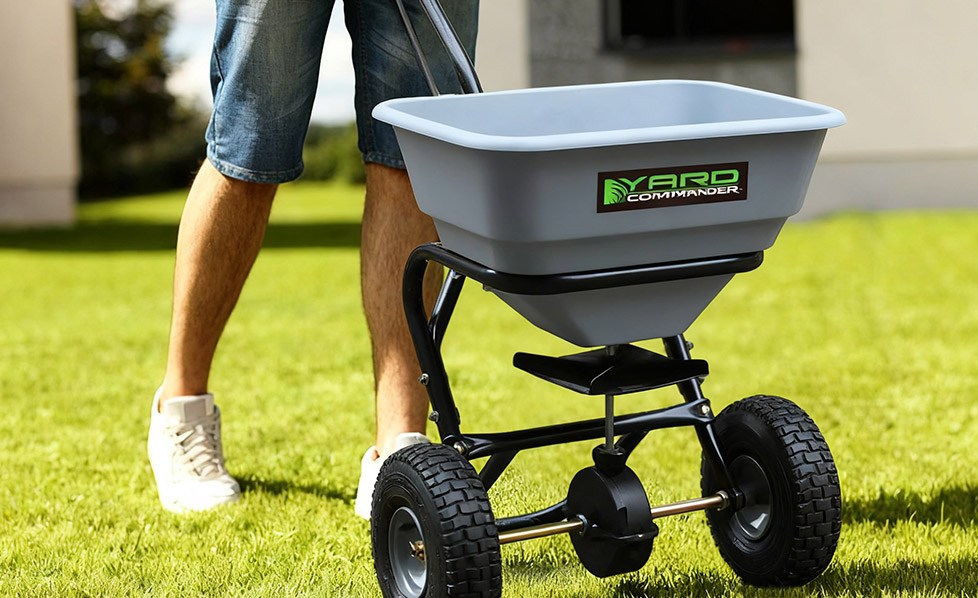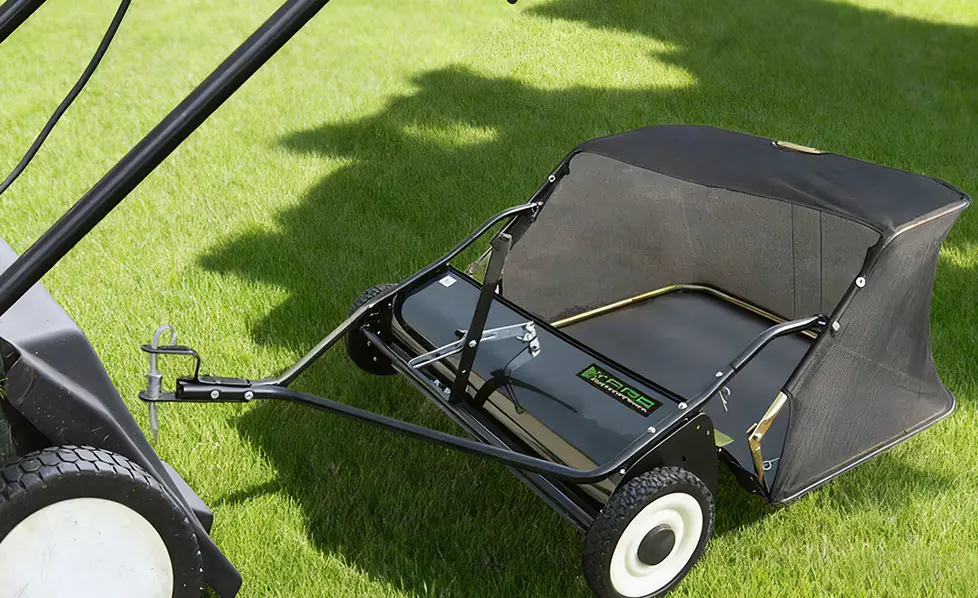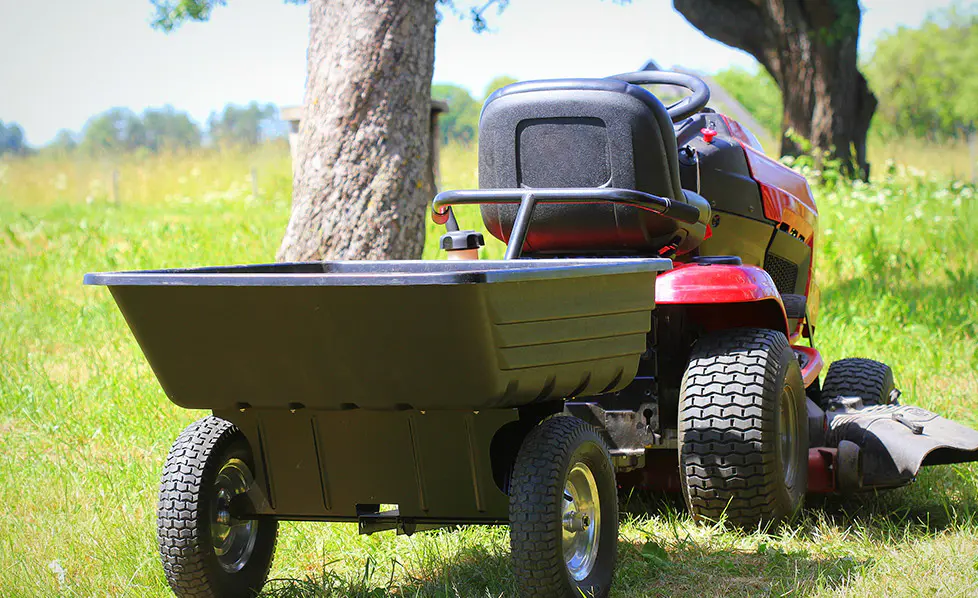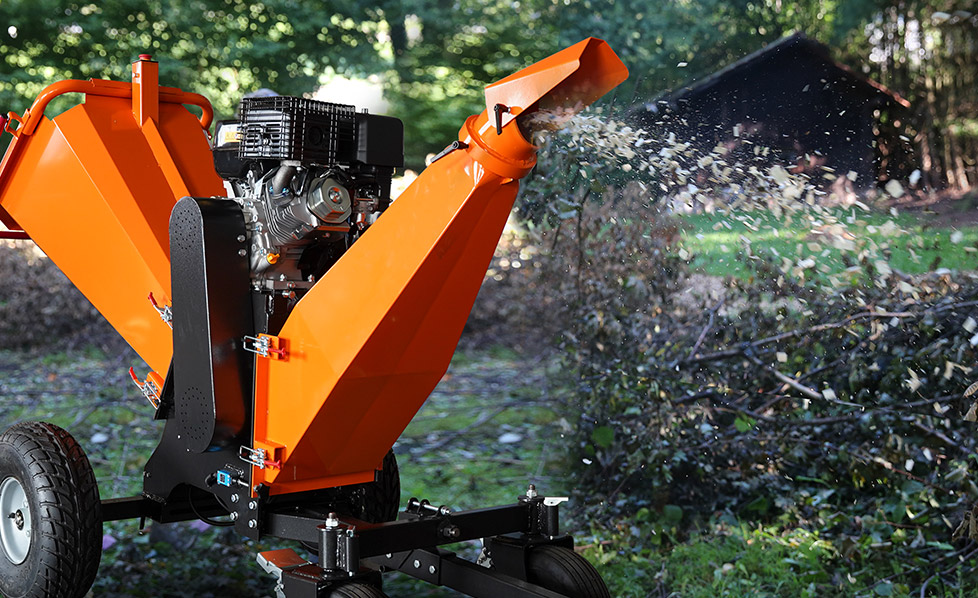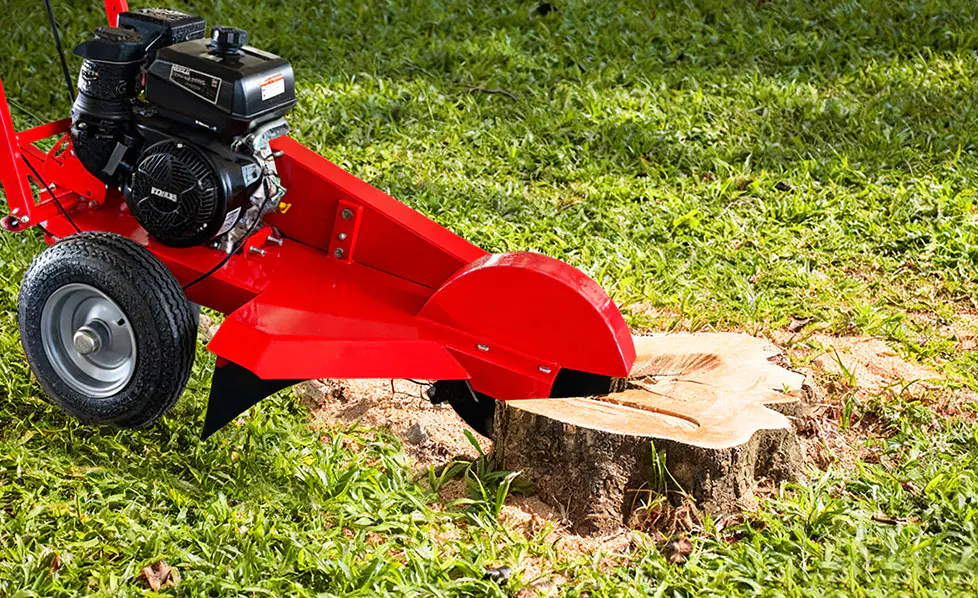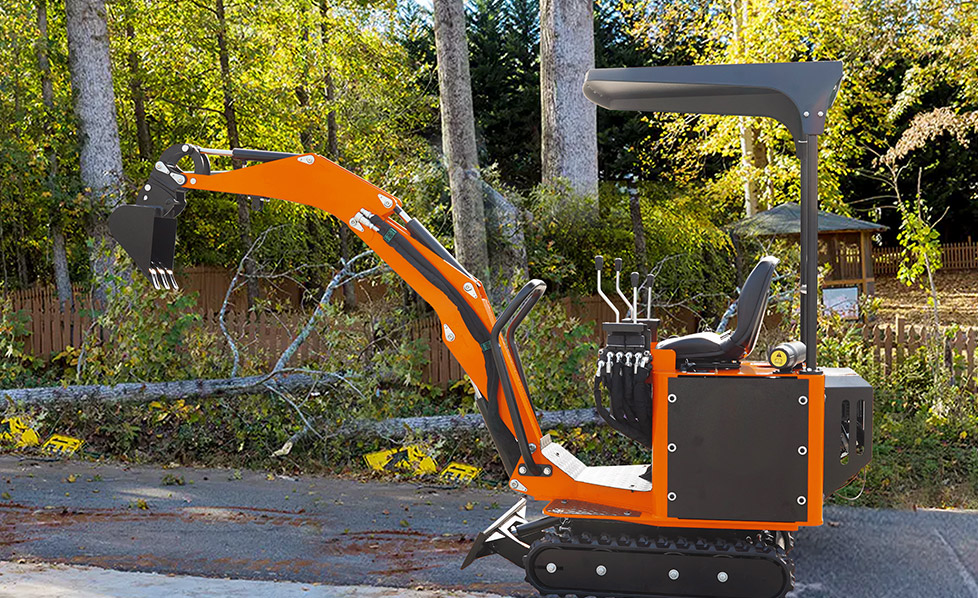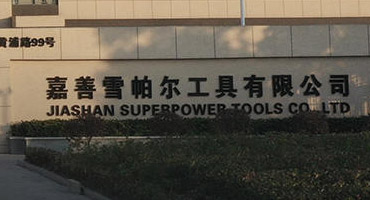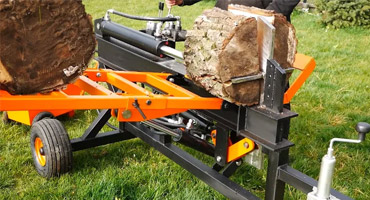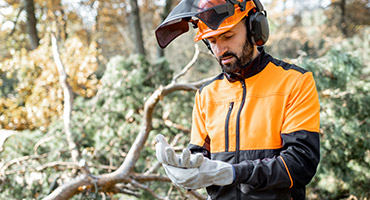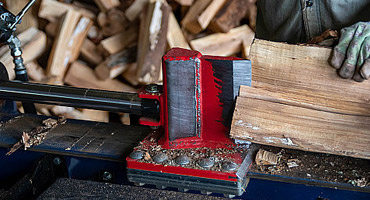 LANGUAGE
LANGUAGE


Web Menu
Product Search
Language
Exit Menu
We provide quality products and services to customers from all over the world.
How to choose the best push lawn sweeper for your yard size and terrain?
Factors in selecting lawn and garden care machinery
A push lawn sweeper is an efficient, non-motorized lawn care equipment designed to collect leaves, grass clippings, and other debris without the need for raking or blowing. Unlike motorized alternatives, a manual lawn sweeper relies on mechanical brushes and a collection hopper, making it an eco-friendly lawn sweeper that requires no fuel or electricity.
When selecting the best push lawn sweeper, several factors must be considered:
- Yard size – A small lawn sweeper may suffice for compact spaces, while larger properties may require a walk-behind lawn sweeper with a bigger hopper.
- Terrain type – Flat lawns work well with most models, but slopes and uneven ground demand push-type yard maintenance equipment with sturdy wheels.
- Durability – The choice between metal and plastic frames affects longevity.
- Adjustability – Height settings determine how well the push grass sweeper adapts to different grass lengths.
- Debris capacity – A lawn sweeper for leaves and grass should have a spacious hopper for fewer emptying stops.
Lawn size matters – Small lawn sweeper vs. municipal grounds maintenance tools
The size of your yard plays a crucial role in determining the right push lawn sweeper.
Small to medium yards (under ½ acre)
For smaller lawns, a hand push lawn sweeper with a 10–20 cubic foot hopper is typically sufficient. These models are lightweight, easy to maneuver, and ideal for garden debris collection. A push broom lawn cleaner with a compact design ensures efficient cleanup without excessive storage space.
Large yards (½ acre or more)
Larger properties benefit from walk-behind lawn cleaning machines with hoppers exceeding 30 cubic feet. These models reduce the frequency of emptying and cover more ground per pass. Some municipal grounds maintenance tools are designed for heavy-duty use, making them suitable for expansive lawns.
Key considerations for yard size:
- Maneuverability – A small lawn sweeper is easier to navigate around flower beds and tight corners.
- Hopper capacity – Frequent stops to empty the hopper can slow down work in larger yards.
- Storage space – Larger lawn and garden care machinery may require a shed or garage.
Terrain adaptability – Push-type lawn sweeper reviews on slopes and obstacles
Not all push lawn sweepers perform equally on varied terrain.
Flat lawns
Most push leaf sweepers work well on flat surfaces, with brush adjustments ensuring efficient debris pickup. A mechanical leaf sweeper with smooth-rolling wheels is ideal for even ground.
Sloped or uneven terrain
- Weight distribution – Heavier models with wide wheels provide stability.
- Traction – Some push-type lawn sweeper reviews highlight models with treaded wheels for better grip.
- Brush pressure adjustment – Ensures consistent contact with the ground on hills.
Obstacles (rocks, roots, garden beds)
- Flexible brush systems prevent jamming on rough surfaces.
- Lightweight push yard sweepers are easier to lift over obstacles.
Durability & materials – Metal vs. plastic in landscaping hand tools
The construction of a push lawn sweeper determines its lifespan.
Metal frames
- Pros: More durable, resistant to warping, better for heavy-duty use.
- Cons: Heavier, may rust if not properly maintained.
Plastic frames
- Pros: Lightweight, rust-proof, often more affordable.
- Cons: Less sturdy, may crack under stress.
Best choice:
- For frequent use, a non-motorized lawn sweeper with a steel frame is preferable.
- For occasional cleanup, a garden lawn sweeper with high-impact plastic may suffice.
Adjustability features – Height settings for turf maintenance tools
A good push lawn vacuum should adapt to different grass conditions.
Key adjustable features:
- Brush height – Adjusts for short lawns vs. overgrown grass.
- Hopper angle – Ensures optimal debris collection.
- Handle height – Reduces user fatigue during prolonged use.
Models with multiple settings provide versatility, making them suitable for turf sweeping equipment needs.
Top picks – Best push lawn sweepers for flat yards, hills, and garden debris collection
Below is a comparison of push-type yard maintenance equipment for different needs:
| Use Case | Recommended Type | Key Features |
|---|---|---|
| Small yards | Hand push lawn sweeper | Lightweight, compact hopper |
| Large yards | Walk-behind lawn sweeper | High-capacity hopper, sturdy construction |
| Hilly terrain | Push debris sweeper with treaded wheels | Enhanced traction, adjustable brushes |
| Heavy debris | Mechanical leaf sweeper with metal brushes | Durable, deep-reaching bristles |
Choosing the best push lawn sweeper depends on yard size, terrain, durability needs, and adjustability. Whether you need a small lawn sweeper for light cleanup or a walk-behind lawn cleaning machine for large properties, understanding these factors ensures an efficient purchase. By prioritizing non-motorized lawn care equipment that matches your landscape, you can maintain a pristine yard with minimal effort.
NEXT:How do I maintain and troubleshoot a hydraulic gas log splitter?
Interested in cooperation or have questions?
- No. 158 Songhai Road, Huimin Town, Jiashan City, Zhejiang Province P.R. China
-
Tel:
0086 573 8464 3695
0086 573 8464 7353
- E-mail: [email protected]

 English
English